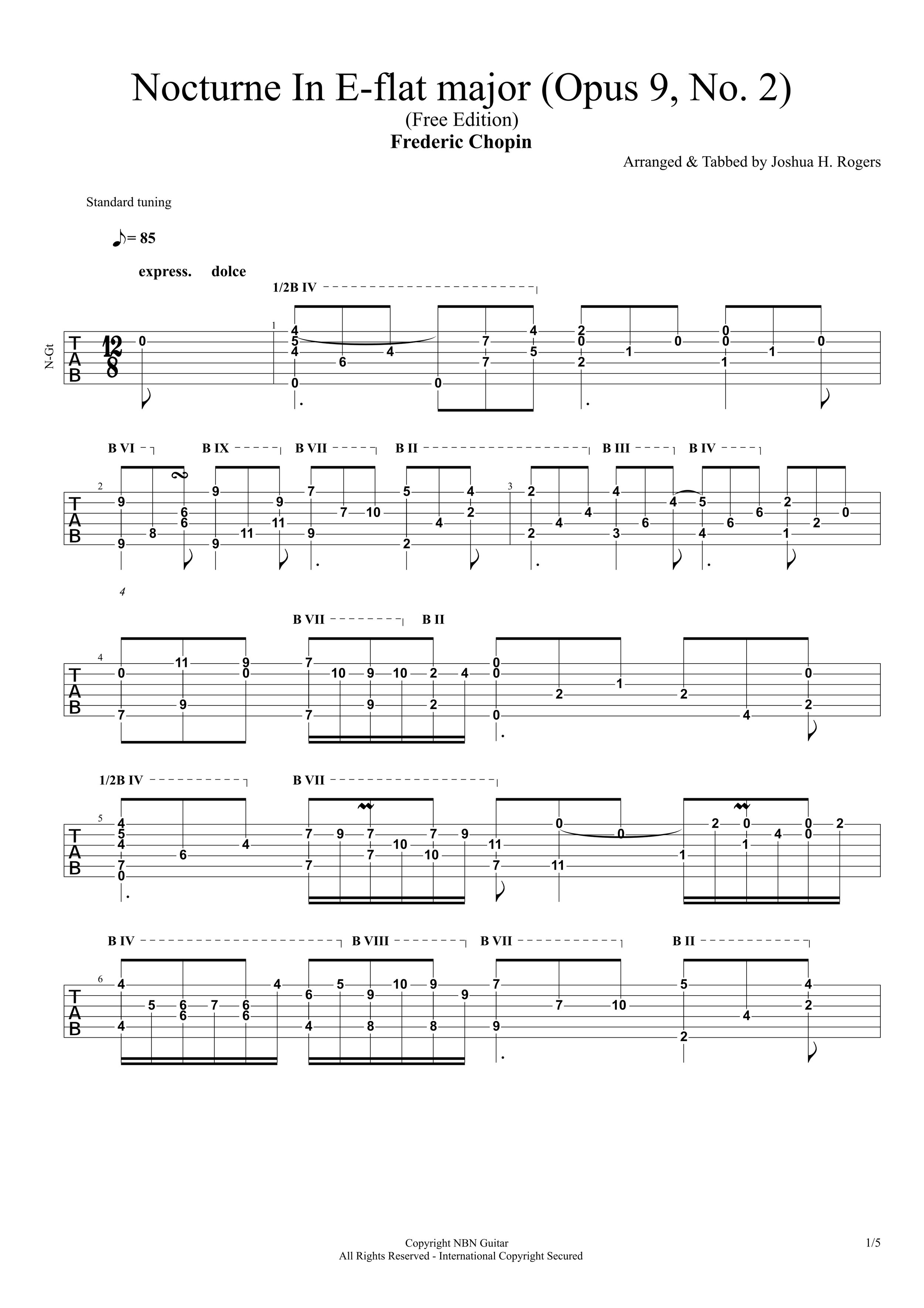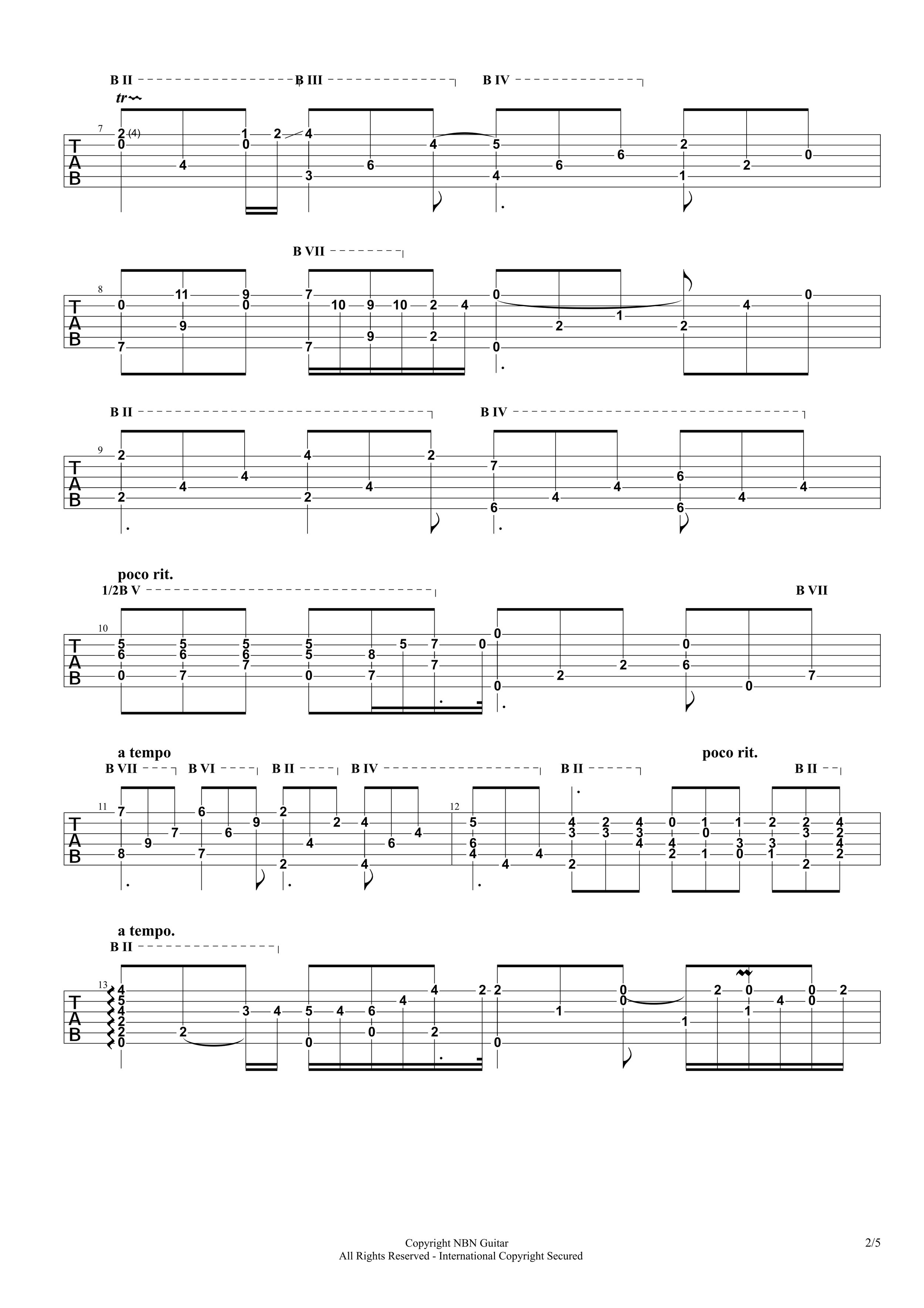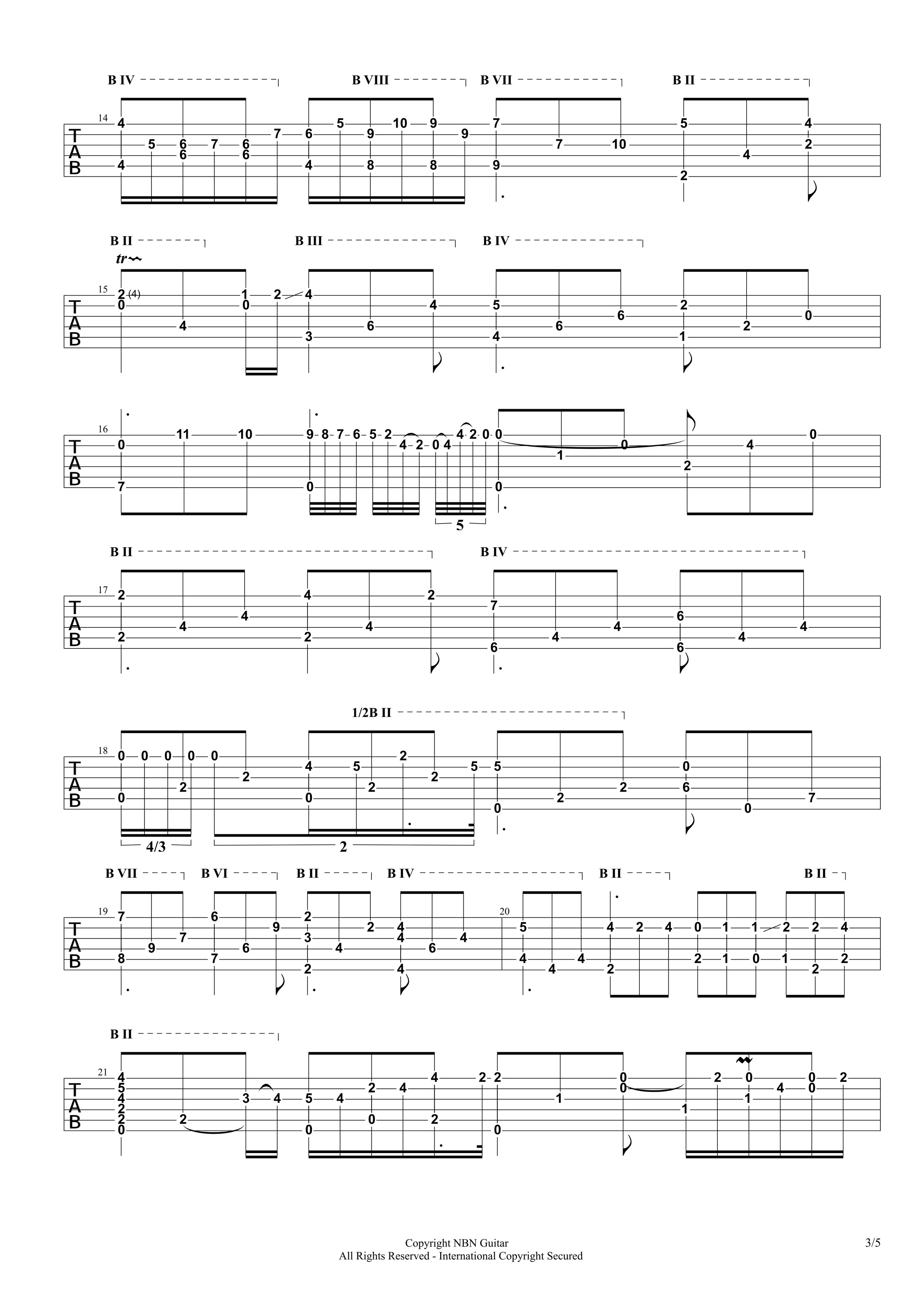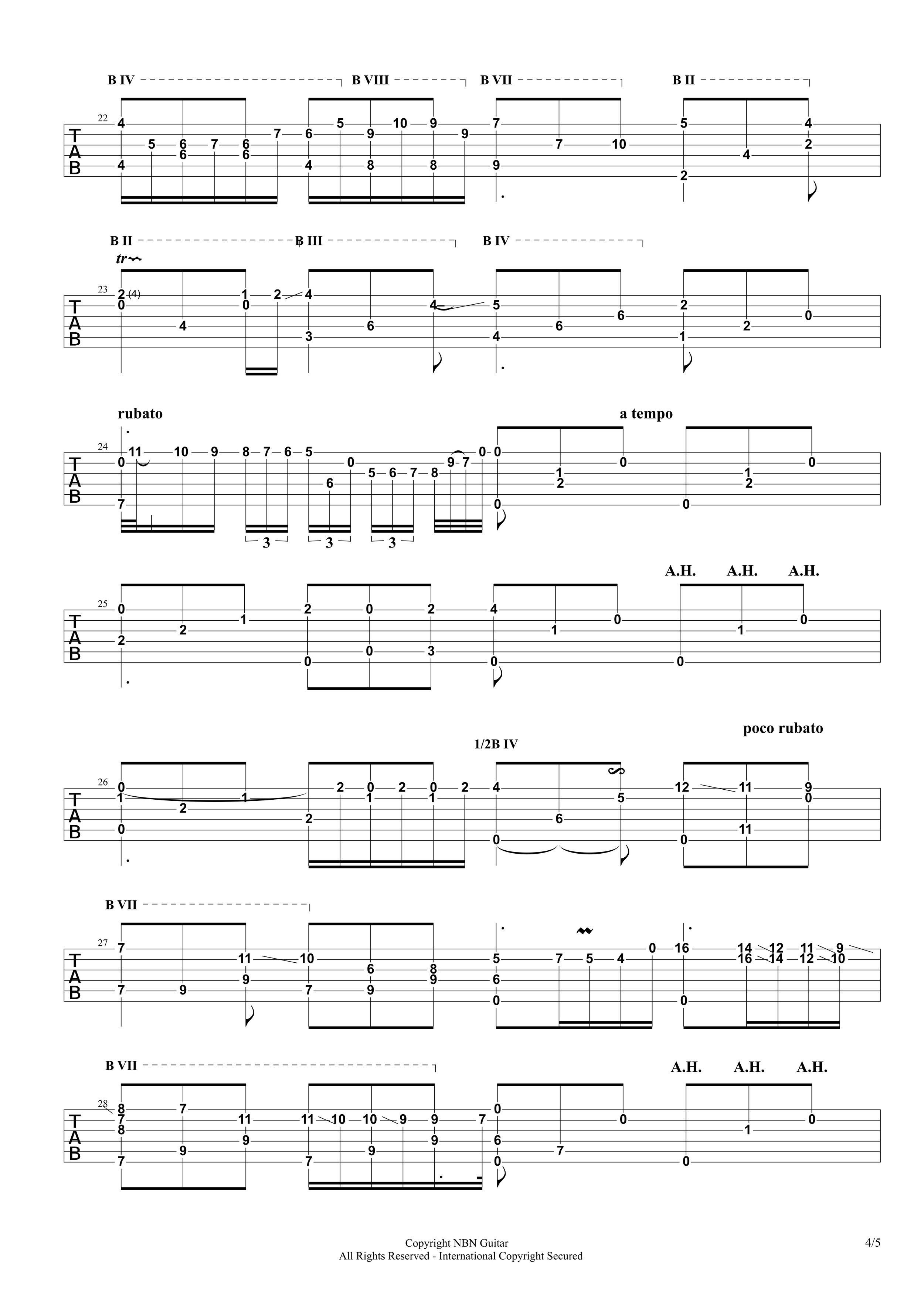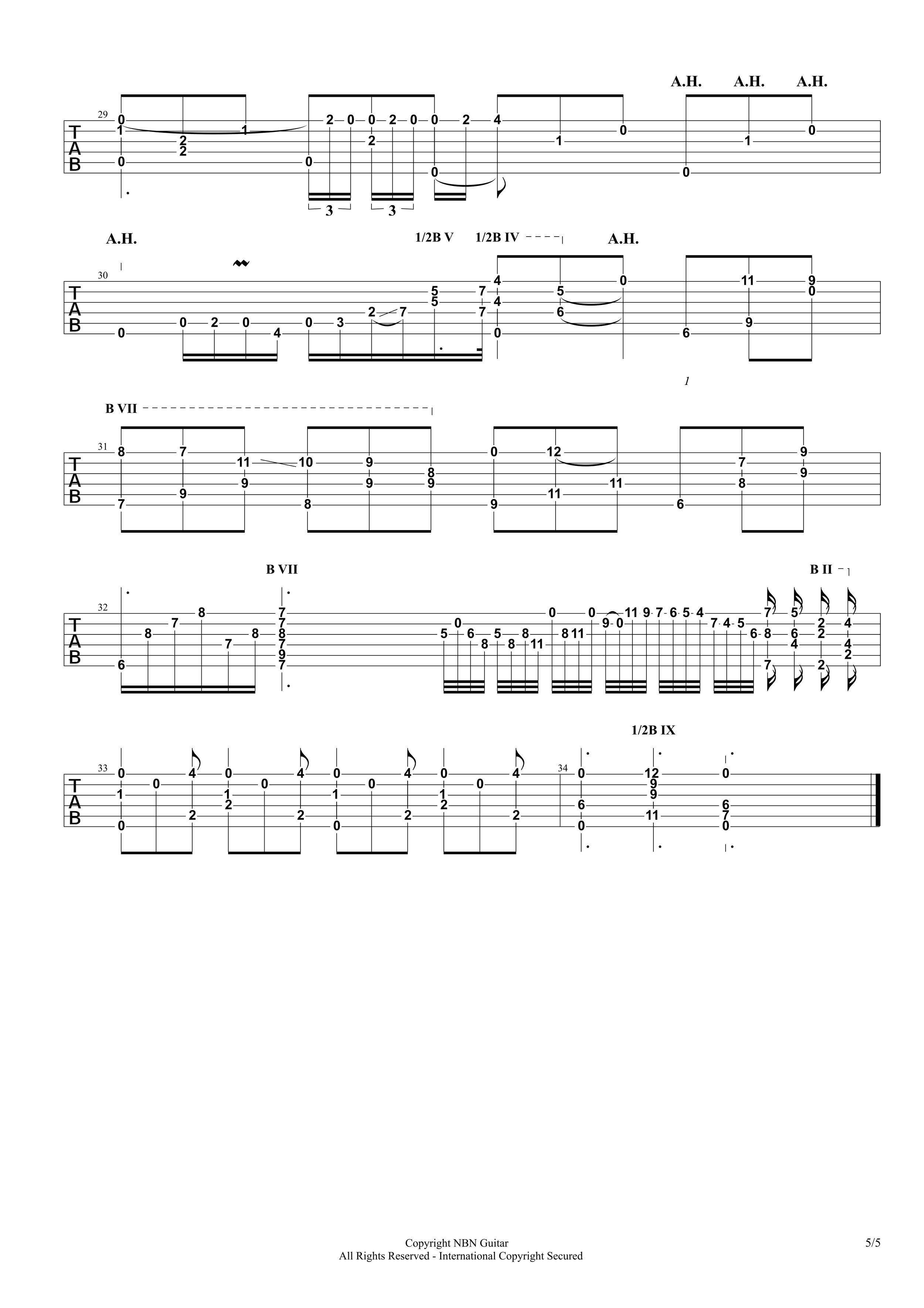Nocturne in E-flat major - Basic Membership
Introduction
Frédéric Chopin is surely one of the world's most famous piano composers. He was born in Zelazowa Wolo in Poland on the 1st of March 1810. He was undoubtedly one of the finest and well-known musicians of his era but sadly he only lived to be 39 years of age - passing away in Paris on the 17th of October 1849. During his time in Paris he befriended Franz Lizst and the two performed together no less than 7 times.
Although Chopin dedicated his Opus. 10 Etudes to Liszt it is said that the two fell out of friendship after Chopin reprimanded Lizst for adding too many embellishments to one of his Nocturnes during a performance. It is said that Chopin composed this piece whilst in his twenties after he had arrived in Paris. The piece is composed in Rounded Binary Form with each repetition featuring increased use of ornamentation. This particular practice has continued to the present day where musicians will play each new verse or chorus in a slightly different way whilst still retaining the overall melodic shape. The piece is written in 12/8 time and is also has the indication sensa tempo (without tempo) indicating the the performer has considerable freedom within the piece. It is obvious that Chopin's intention was to emphasise feeling and emotion rather than observing a strict tempo.
Tips
Even though this famous Nocturne was composed in E-flat major it is possible for guitarists to play it in E major or if truly desired the entire guitar can be tuned down by a semitone. The classical guitar arrangement here is actually quite difficult in places as is usually the case when a piano transcription of this complexity is transcribed for guitar. One of the most difficult aspects is timing. Chopin was truly respected for his ability to maintain complicated & contrasting rhythmic passages in both hands and that ability is always a challenge for guitarists because we need to maintain all of that with just six strings.
The piece is full of romantic ornamentation featuring:
- 3-note trills
- Upper & lower mordents
- Turns and inverted turns
Let your fingers fly!
